
Tag Archives Manitoba Pulse and Soybean Growers
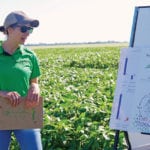
Poor nitrogen uptake has soybean growers pondering rescue application
Lack of moisture has also meant lack of nodules and poor nitrogen fixation for some soybean fields, leading some to consider a mid-season fertilizer pass
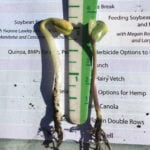
How deep is too deep when chasing moisture for soybeans?
A University of Manitoba researcher thinks there should be more attention paid to soybean seeding depth
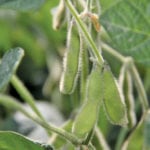
Federal funding to enable Soy Canada to learn more about growers
Study in 2017 identified market access and protein as two biggest risks to future growth

Are you rolling soybeans for the sake of rolling?
Rolling soybeans has some benefits, but also a downside
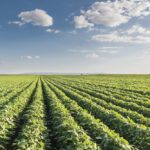
Pulse growers urge low moisture management for seeding
Manitoba Pulse and Soybean Growers has some advice on planting in dry conditions
Tips for assessing soybean plant stands
Thankfully there’s an app for that!

U.S. study questions neonics for soybean aphid control
The effectiveness of the insecticide has diminished by the time the plants are at the stage when the insects arrive
MPSG calls for member feedback on future
A new membership dynamic may mean shifting focus and priorities for Manitoba Pulse and Soybean Growers as it reaches out for membership opinion

$400-million pea plant announced
Manitoba producers to benefit from the global demand for vegetable protein ingredients
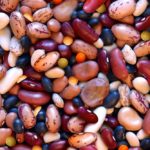
Chefs to celebrate pulse crops
A special pulse menu is part of a six-month project to celebrate Canadian cuisine


